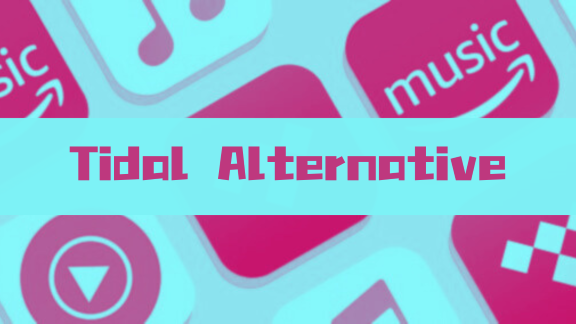
In the ever-evolving world of music streaming, finding the perfect service to suit your listening needs can be a bit tricky—there are just so many options! While Tidal is renowned for its high-fidelity sound quality and exclusive content, its price is relatively higher than that of its competitors, and some users may find its social features lacking. Today, I will introduce you to the top 5 most popular Tidal alternatives on the market, highlighting their advantages and disadvantages so you can make an informed decision. Additionally, this article will discuss tools to help you download music from these great streaming services and suggest the best ways for you to enjoy your favorite tracks. Let's dive in!
Part 1. 2024 Top 5 Best Tidal Alternatives
1. Spotify: Streaming Service with Largest Music Library
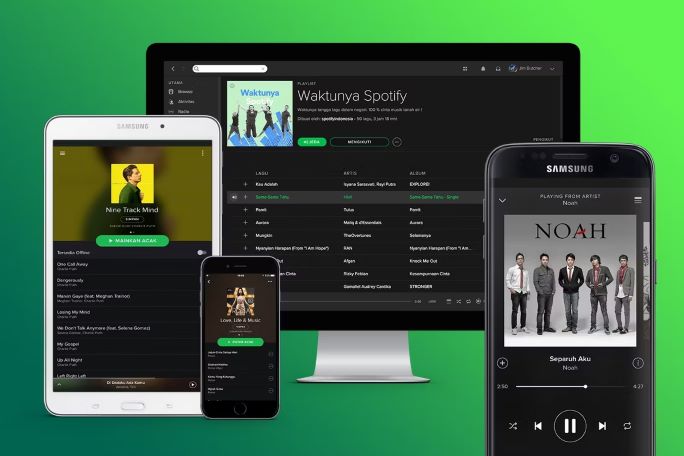
Spotify is a leading name in music streaming services. Since its launch in 2008, it has grown to become the world's most popular platform of its kind. It now boasts over 615 million monthly active users, including 239 million paying subscribers. And Spotify is arguably the streaming service having the largest amount of songs in the world, with a vast library of over 110 million songs and six million podcasts. If you're looking for more songs, podcasts, or audiobooks, Spotify could be a great alternative to Tidal Music.
One of the remarkable feature of Spotify is its robust music discovery tools. The platform’s sophisticated algorithms analyze your listening habits and preferences to create personalized playlists such as Discover Weekly and Release Radar. Additionally, Spotify has introduced an AI DJ feature, which uses generative AI technology to curate playlists and provide insightful commentary. This feature, available to Spotify Premium users, offers a dynamic and personalized listening experience that mimics a radio DJ by combining Spotify’s personalization technology with a realistic AI voice model.
However, Spotify isn't perfect. The most notable drawback is the sound quality. While it's decent, it doesn’t match the high-fidelity streaming options offered by Tidal. Although Spotify announced this feature three years ago with a promise to launch it in 2021, it hasn't been released yet.
Key Features:
- Huge Library: Spotify boasts over 110 million tracks and 6 million podcasts. That’s enough music to keep you grooving for multiple lifetimes!
- Excellent Music Discovery Tools: From Discover Weekly, Release Radar to AI Dj, Spotify's algorithm creates personalized playlists tailored to your taste.
- Cross-Platform Support: Whether you’re using a smartphone, tablet, computer, or smart speaker, Spotify works seamlessly across all your devices with Spotify Connect.
Pros and cons of this method
Pros
-
 Free tier available.
Free tier available.
-
 Strong social features, including shared playlists and collaborative playlists.
Strong social features, including shared playlists and collaborative playlists.
-
 Intuitive interface.
Intuitive interface.
Cons
-
 Lower sound quality compared to Tidal HiFi.
Lower sound quality compared to Tidal HiFi.
2. Apple Music: The Ultimate Music Experience for Apple Users
Launched in 2015, Apple Music has become a powerhouse in the music streaming industry, particularly for users who are heavily invested in Apple’s ecosystem, providing a seamless user experience across iPhones, iPads, Macs, and HomePod.
One of Apple Music's standout features is its extensive library, which boasts over 100 million songs. Although the exact size isn't officially disclosed, Apple's music library is generally considered to be larger than Tidal Music's. This extensive collection is complemented by curated playlists and personalized recommendations, ensuring that users can always discover new music tailored to their tastes. The platform also offers exclusive content, including live radio shows hosted by renowned artists and DJs, adding a unique touch to its offerings.
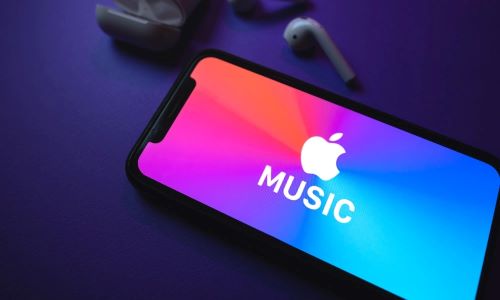
Apple Music also excels in audio quality, offering both lossless and spatial audio with Dolby Atmos. This means users can experience their favorite tracks with exceptional clarity and immersive sound, making it a top choice for audiophiles and casual listeners alike. The service’s integration with iCloud Music Library allows users to upload their own music collections, which can be accessed seamlessly across all their Apple devices. This music locker feature isn’t offered by Tidal Music.
However, there are some limitations, especially concerning hardware compatibility. While Apple Music supports lossless audio, Apple's own AirPod and other headphones do not support this feature. Moreover, although iPhones (from iPhone 7 onwards) natively support lossless audio, they do not support the highest quality 24-bit/192kHz Hi-Res Lossless format. To fully enjoy Apple Music's highest audio quality, users would need an external DAC (Digital-to-Analog Converter) and wired headphones.
Key Features:
- Seamless Integration: Works flawlessly with all Apple devices, including iPhones, iPads, Macs, and the HomePod.
- Exclusive Content: Apple Music often features exclusive releases and artist content that you won’t find elsewhere.
- Radio Stations: Beats 1 and other live radio stations offer a unique listening experience.
Pros and cons of Apple Music
Pros
-
 Lossless quality and spatial audio with Dolby Atmos.
Lossless quality and spatial audio with Dolby Atmos.
-
 Integration with Siri for voice commands.
Integration with Siri for voice commands.
-
 Music locker functionality available (Premium only).
Music locker functionality available (Premium only).
-
 Intuitive interface.
Intuitive interface.
Cons
-
 No free tier available.
No free tier available.
-
 Apple’s own headphones don’t support lossless quality music.
Apple’s own headphones don’t support lossless quality music.
-
 iPhone doesn’t support 24-bit/192kHz quality.
iPhone doesn’t support 24-bit/192kHz quality.
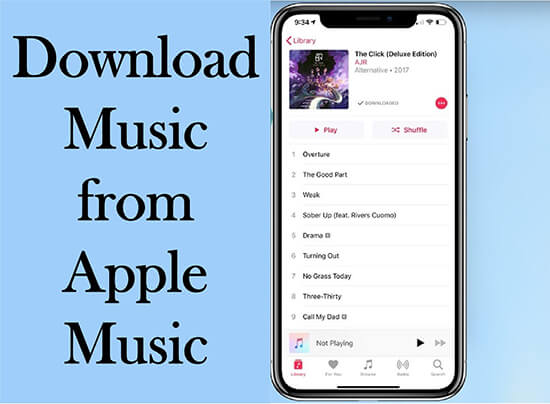
This is a ultimate guide on how to download songs from Apple Music.
3. Amazon Music Unlimited: Amazon Fans’ Choice
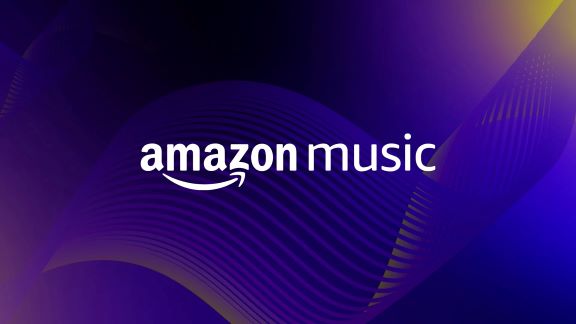
Amazon Music Unlimited is a great option for those who are already immersed in the Amazon ecosystem. If you're a subscriber to Amazon Prime or own an Amazon device, it might be worth considering transferring from Tidal Music to Amazon Music.
Amazon Music Unlimited costs $10 per month, the same as Tidal Music's Individual Plan after Tidal reduced its pricing on April 10th, 2024. However, Amazon Prime members receive a special discount, bringing the cost down to just $9 per month. This is $1 cheaper than Tidal Music's Individual Plan. There is also a Single Device Plan, which allows users to stream music on a single Amazon Echo or Echo Dot for just $4.99 per month, making it an economical choice for smart speaker users. Additionally, students can avail themselves of a discounted rate, which drops the price even further.
Amazon Music’s integration with Alexa and other devices like speakers, earbuds of Amazon is a standout feature, allowing users to control their music playback on these devices effortlessly through voice commands.
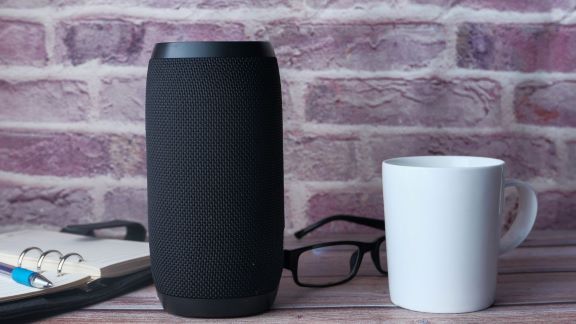
However, there are some downsides to consider. The user interface of Amazon Music Unlimited can be less intuitive compared to other streaming services, making it somewhat challenging to navigate, especially for new users. Moreover, while the service offers a basic free tier, it is quite limited in what it provides, requiring users to upgrade for a more comprehensive experience.
Key Features:
- Seamless Integration: Works flawlessly with Alexa and other Amazon devices.
- Competitive Pricing: Relatively lower price than other streaming services and Amazon Prime members can get more discounts.
Pros and cons of this method
Pros
-
 Integration with voice commands for Alexa.
Integration with voice commands for Alexa.
-
 Superior sound quality with HD and Ultra HD streaming with a quality up to 24-bit/192kHz.
Superior sound quality with HD and Ultra HD streaming with a quality up to 24-bit/192kHz.
Cons
-
 User interface can be clunky and less intuitive.
User interface can be clunky and less intuitive.
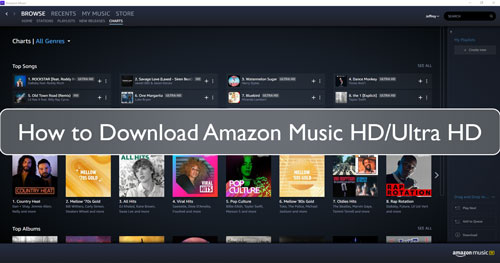
This is a ultimate guide on how to download HD/Ultra HD songs on Amazon Music.
4. YouTube Music: The Video King’s Music Platform
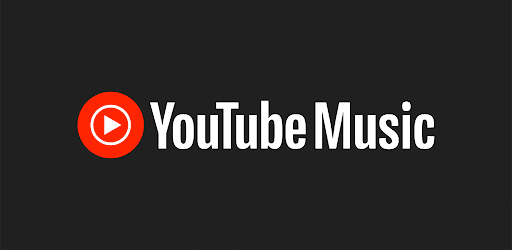
If you're a fan of both music and video content, and find the video content on Tidal Music limited, you can take advantage of YouTube's extensive catalog. This platform provides a unique music streaming experience that transcends traditional audio tracks.
One of the standout features of YouTube Music is its integration with YouTube itself. This allows users to access not only official music videos but also live performances, covers, remixes, and user-generated content. It's a great platform for those who enjoy visual content alongside their music, providing a comprehensive multimedia experience.
Another unique feature of YouTube Music is the ability to upload your own local music files to the cloud. This allows users to store and stream their personal music collections seamlessly, integrating them with the vast YouTube Music library for a unified listening experience. Unlike Apple Music's music locker feature, YouTube Music allows users to access uploaded content without subscribing to YouTube Music Prime, offering an ad-free listening experience. To avoid monthly subscription fees of Tidal Music or YouTube Music, you can first download music in lossless quality from Tidal Music and upload it to YouTube Music.
In terms of sound quality, YouTube Music offers a decent experience but doesn't quite match the high-fidelity audio provided by services like Tidal or Amazon Music HD.
Key Features:
- Video Integration: Access to official music videos, live performances, covers, remixes, and user-generated content.
- Personalized Recommendations: Strong music discovery tools powered by Google's algorithms.
- Offline Mixtape: Automatically downloads your favorite tracks for offline listening.
- Personal Music Uploads: Upload your own local music files to the cloud for seamless playback.
Pros and cons of this method
Pros
-
 Free tier available.
Free tier available.
-
 Music locker functionality available.
Music locker functionality available.
Cons
-
 Audio quality is lower compared to Tidal and other high-fidelity services.
Audio quality is lower compared to Tidal and other high-fidelity services.
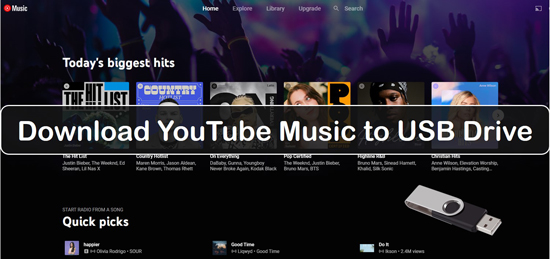
This is a ultimate guide on how to convert YouTube Music to USB Drive.
5. Qobuz: The Audiophile’s Dream
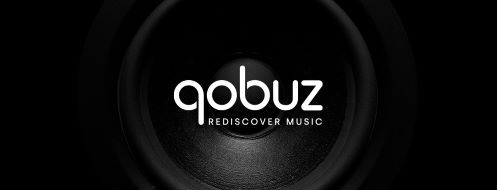
For those who prioritize sound quality above all else, Qobuz is a great alternative to Tidal Music. As Tidal, Qobuz is also known for its exceptional high-resolution audio streaming,
The platform offers streaming in resolutions up to 24-bit/192 kHz, surpassing many of its competitors. It's challenging to determine whether Tidal Music's quality is superior to Qobuz's. So apart from Tidal Music, it’s another good choice for listeners with high-end audio equipment who want to experience their music in the finest detail. The service provides an extensive library of over 100 million tracks, encompassing a wide range of genres, with a particular emphasis on classical, jazz. If you are a fan of any of these music genres, Qobuz might be a better choice for you than Tidal Music.
One of the unique features of Qobuz is its extensive collection of digital booklets and album information. This allows users to delve deeper into their favorite albums, offering a richer and more informative listening experience. Additionally, Qobuz offers a download store where users can purchase high-resolution tracks and albums, giving them the flexibility to own their music outright.
However, Qobuz does come with a few downsides. The service is more expensive than many of its competitors. Moreover, while Qobuz has a comprehensive music library, it may not be as extensive in terms of mainstream pop and contemporary hits compared to platforms like Spotify or Apple Music. Additionally, the user interface, while functional, can feel a bit dated and less intuitive than some of the more mainstream services.
Key Features:
- High-Resolution Audio: Streams up to 24-bit/192 kHz, arguably the streaming service with best streaming quality.
- Digital Booklets: In-depth album information and digital booklets enhance the listening experience.
- Download Store: Option to purchase high-resolution tracks and albums.
- Treasury for Jazz and Classical Lovers: The service provides an extensive library of over 100 million tracks, with a particular emphasis on classical, jazz.
Pros and cons of this method
Pros
-
 Exceptional sound quality tailored for audiophiles.
Exceptional sound quality tailored for audiophiles.
Cons
-
 Higher subscription cost compared to other services.
Higher subscription cost compared to other services.
-
 User interface can be less intuitive and visually appealing.
User interface can be less intuitive and visually appealing.
Part 2. Comparison among Different Streaming Services’ Subscription Plans
| Service | Individual Plan |
Student Plan | Family Plan |
Special Plans |
Highest Audio Quality |
Free Tier | Music Locker Functionality | Music Library Size |
|---|---|---|---|---|---|---|---|---|
| Spotify | $10.99/month | $5.99/month | $16.99/month | Duo Plan: $14.99/month | 320 kbps (Ogg Vorbis) | ✔️ | ❌ | Over 110 million |
| Apple Music | $10.99/month | $5.99/month | $16.99/month | - | 24-bit/192 kHz (Hi-Res Lossless) | ❌ | ✔️ (Subscription Needed) |
Over 100 million |
| Amazon Music | $10.99/month ($8.99 for Prime members) | ❌ | $16.99/month ($14.99 for Prime members) | Single Device: $5.99/month | 24-bit/192 kHz (Ultra HD) | ✔️ | ❌ | Over 100 million |
| Qobuz | Studio Premier: $12.99/month Studio Sublime: $19.99/month |
❌ | Studio Premier Family: $17.99/month Studio Sublime Family: $29.99/month |
Studio Premier: $129.99/year Studio Sublime: $179.99/year |
24-bit/192 kHz | ❌ | ❌ | Over 100 million |
| YouTube Music | $9.99/month | $5.99/month | $14.99/month | - | 256 kbps (AAC) | ✔️ | ✔️ | Over 100 million |
| Tidal Music | $10.99/month | $4.99/month | $16.99/month | DJ Extension: $9.99/month | 24-bit/192 kHz (HiFi) | ❌ | ❌ | Over 100 million |
Part 3. How to Choose Best Streaming Service as Your Tidal Alternative
Selecting the right music streaming service can be a bit overwhelming, given the plethora of options available. Here are some crucial factors to keep in mind to help you make the best choice:
1. Catalogue Size:
One of the most important considerations is the size of the music library. Make sure the service you choose has a comprehensive collection that includes your favorite genres and artists. If a platform doesn’t offer the music you love, it might be worth exploring other services that better match your musical preferences.
2. Sound Quality:
Sound quality can significantly impact your listening experience. Some services, like Tidal and Qobuz, offer high-resolution and lossless formats (e.g., FLAC, MQA) for audiophiles who want the best possible audio quality. Others, like Spotify, provide standard streaming quality at around 320kbps. Decide how important audio quality is to you and choose accordingly.
3. Pricing:
Cost is always a key factor. Review the subscription plans offered by each service and weigh them against the catalogue size and sound quality. You might find a service that provides excellent value for money, fitting both your budget and listening needs.
4. User Interface and Experience:
The design and usability of the app can greatly affect your enjoyment. Some apps are more intuitive and user-friendly than others. Take advantage of free trial periods offered by many services to test out the interface and see which one you find the easiest to navigate.
5. Compatibility:
Ensure the streaming service is compatible with all your devices. Whether you use smartphones, tablets, smart speakers, or desktops, seamless integration across all your devices can make your experience more enjoyable.
Part 4. FAQs about Different Streaming Services
Q1: How do you transfer your library from Tidal Music to other streaming services?
A1. Switching between music streaming services can seem daunting, but it's quite manageable with the right tools. Here are two effective methods to move your Tidal Music playlists to another streaming service:
Music Locker Services: Platforms such as YouTube Music offer a music locker feature. This allows you to upload your own MP3, FLAC, AAC files, and more. To transfer your playlists on Tidal Music to YouTube Music, you can download your Tidal Music playlists using third-party tools and then upload them to YouTube Music.
Library Import Tools: Services such as Soundiiz and Tune My Music offer tools to import and transfer songs between different music streaming services. These tools can help you move your Tidal playlists to another music service. While Soundiiz charges a monthly fee, Tune My Music sometimes offers free conversion services, particularly through promotions with other streaming platforms.
Q2: Which services include music lockers?
A2. Music lockers allow you to upload and store your personal music collection in the cloud, integrating it with the streaming catalog. Here’s a brief overview of current options:
YouTube Music: This service allows you to combine your personal collection with its streaming catalog. You can upload your own MP3 files and organize them along with YouTube Music's vast library, making it easier to manage all your music in one place.
Apple Music: Apple Music uses iCloud Music Library to integrate your personal music collection with its streaming catalog. This feature allows you to upload up to 100,000 songs from your personal library, which can then be accessed across all your Apple devices. This integration ensures that your music, whether downloaded from iTunes, ripped from CDs, or purchased elsewhere, is available alongside Apple Music's extensive streaming library.
Note: Unlike YouTube Music, you need to subscribe to Apple Music to access the songs in your iCloud Library.
Part 5. Extra Tips: The Best Solution to Stream Your Loved Tidal Tracks
Although there are many great Tidal alternatives out there, we can’t deny that Tidal has arguably the best audio quality compared to all other streaming services. So if we can download Tidal music into MP3, and then stream them on our devices or upload them onto YouTube Music and enjoy them online for free, it would be the best solution to enjoy our loved tracks.
But downloaded Tidal music with Tidal Premium come with DRM protection, and we can’t play them anywhere once the subscription expires. Don’t worry, DRmare Tidal Music Converter can help! DRmare Tidal Music Converter can download and convert Tidal music as MP3, FLAC, AAC, and other formats with lossless quality up to 24-bit/192kHZ, ensuring you have the same listening experience when listen to lossless quality music with Tidal Premium. Next, I will guide you on how to download and convert Tidal Music into lossless quality local music:

- Download Tidal music as MP3, FLAC,AAC and other formats for offline listening
- Download Tidal Music up to 24-bit/192kHZ
- Easily transfer Tidal Music playlists to another streaming service with downloaded tracks
- Automatically organize downloaded tracks for you
- Step 1 Download DRmare Tidal Music Converter
- First, download and install DRmare Tidal Music Converter on your computer.
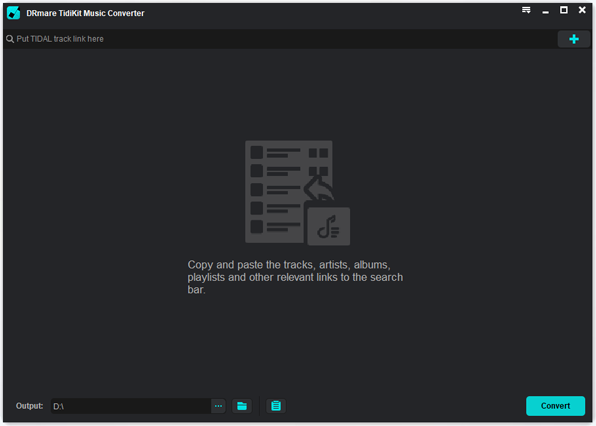
- Step 2 Set the output format
- Open DRmare Tidal Music Converter, click the menu button in the top-right corner, and select “Preferences.” Navigate to the “Convert” tab where you can choose the output format and customize the bitrate and sample rate. For the best audio quality, select FLAC and set the sample rate to 192kHz and bit depth to 24-bit.
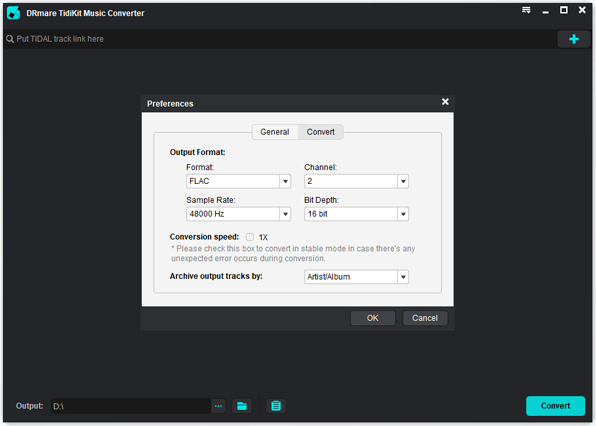
- Step 3 Select Tidal tracks to convert
- Choose the tracks or playlists you wish to convert by dragging them into the DRmare interface. Or, simply copy the Tidal tracks or playlists URL, paste it into the converter's search bar, and hit Enter.
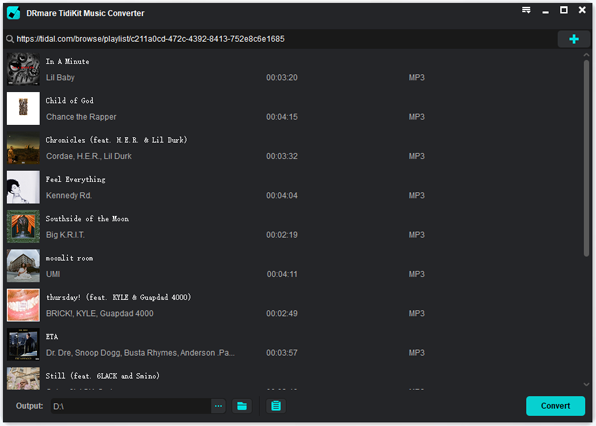
- Step 4 Convert selected Tidal music
- After selecting your tracks, click “Convert” at the bottom-right corner of the main window. The conversion process will begin.
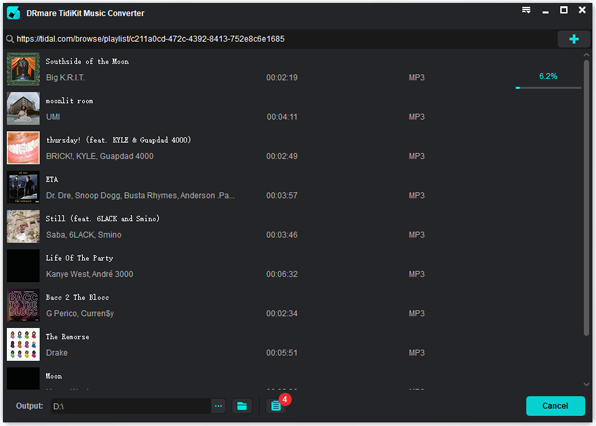
And once the conversion is completed, you can find the converted Tidal music in the designated output folder.
By following these steps, you can enjoy Tidal's high-quality music on any device, even after your subscription ends. This ensures you to enjoy the best listening experience for your favorite tracks and integrate them into other streaming services like YouTube Music for a comprehensive and all-encompassing music experience.
Part 6. Conclusion
In conclusion, there are many excellent alternatives to Tidal. Spotify is ideal if you're looking for the largest song library, strong social features, and a focus on podcasts and audiobooks. Apple Music is perfect for those deeply integrated into the Apple ecosystem, offering seamless device integration, high-resolution audio, and exclusive content. Amazon Music Unlimited is a great choice for Amazon Prime members seeking competitive pricing and high-definition audio with Alexa integration. Qobuz stands out for audiophiles demanding the highest sound quality with 24-bit/192 kHz streaming. YouTube Music is best for those who enjoy a mix of video and audio content, offering a vast library of music videos and user-generated content with a comprehensive free tier. Choose the service that best fits your listening habits, device compatibility, and preferences. Happy streaming!













This is a ultimate guide on how to download spotify songs without Spotify Premium.